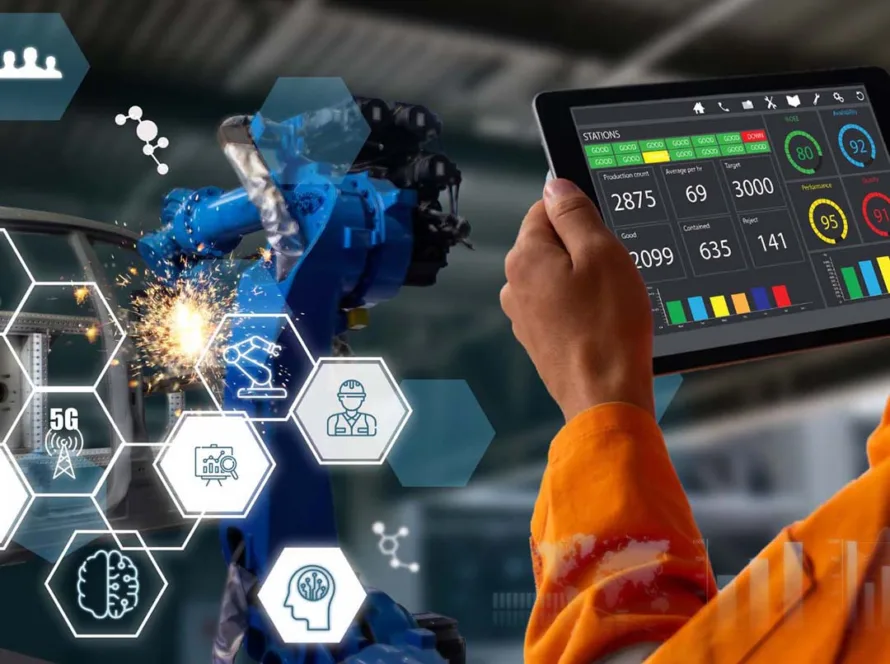Introduction
In the world of civil engineering and construction, technology has evolved a lot the way it needs to be executed, planned, and designed. The application of the BIM technology has brought drastic change and evolution in the construction industry.
Building Information Modeling (BIM) has undergone significant evolution since its inception. BIM is a digital representation of the physical and functional characteristics of a building or infrastructure.
Among all the stake holders of the construction process BIM technology has evolved a lot. It increases the communication, collaboration and efficiency in the work process of the stakeholders.
Timeline Of BIM Evolution
The concept of the BIM technology has not emerged on a single day. Years after years the transformation in the BIM technology took place. You need to be well aware of it. Let’s go through the time line to have a clear insight to it.
1. Early Adoption in 1970’s and 1990’s
The concept of BIM emerged in the 1970s with early developments in computer-aided design (CAD) and parametric modeling. However, it was in the 1990s that the term “Building Information Modeling” started gaining popularity. During this phase, BIM was primarily used for 3D modeling and design coordination.
2. 3D Modelling & Co-ordination 2000
The early 2000s saw increased adoption of BIM for 3D modeling and design coordination. BIM tools enabled architects, engineers, and contractors to create digital models of buildings and infrastructure, improving visualization and reducing clashes in the design phase.
3. Inter operability & Collaboration In 2010
The focus shifted towards improving collaboration and interoperability among various stakeholders in the construction process. BIM models became more detailed, incorporating information beyond geometry, such as materials, costs, and scheduling data. Industry standards and protocols like Industry Foundation Classes (IFC) were developed to enhance interoperability.
4. Lifecycle Management (late 2010- 2020)
BIM evolved to cover the entire life cycle of a built asset, from design and construction to operation and maintenance. Facilities Management (FM) and Asset Management (AM) gained prominence, with BIM models serving as valuable tools for facility managers to optimize operations, maintenance, and renovations.
5. Integration Of Emerging Technologies (2020’s & Beyond)
BIM is increasingly integrated with emerging technologies such as artificial intelligence, machine learning, augmented reality, and virtual reality. These integrations enhance the capabilities of BIM for tasks like predictive maintenance, energy analysis, and simulation.
Building The Future: BIM’s Evolution & Construction
Today BIM adoption among the many real estate companies has surpassed 70% of the global project requirements. For better public infrastructure government is making the adoption of BIM technology mandatory in the construction projects and Private sectors are now recognizing its benefits gradually.
Scope Offered By BIM In Construction Process
BIM fosters collaboration among architects, engineers, contractors, and other stakeholders by providing a centralized, shared digital platform. This facilitates real-time collaboration, reducing errors, and enhancing communication. Building Information Modeling (BIM) brings about various opportunities and benefits in the construction industry, transforming traditional practices and enhancing overall project efficiency.
Emerging Trends In BIM & Construction Industry
There are several emerging trends of the BIM in the construction industry. You must be well aware of it if you belong to this industry. Some of the core trends of it are as follows:-
1. Digital Twins
The concept of digital twins involves creating a virtual replica of a physical asset or system. In construction, this means developing a detailed digital model of a building or infrastructure. Digital twins are used for monitoring, analysis, and simulation throughout the entire lifecycle of a structure.
2. Application Of Generative Design
Generative design uses algorithms and artificial intelligence to explore numerous design options based on specified parameters. In the construction industry, this can lead to innovative and optimized designs, taking into account factors like cost, sustainability, and functionality.
3. Use Of AR and VR
AR and VR technologies are increasingly integrated with BIM for immersive experiences. This allows stakeholders to visualize projects in 3D, aiding in design reviews, construction planning, and client presentations.
4. Blockchain For Project Data Management
Blockchain technology is being explored for its potential in securing and managing project data in BIM. It can enhance data integrity, transparency, and collaboration among project stakeholders.
5. Artificial Intelligence & Machine Learning
AI and ML are being used to analyze large datasets generated by BIM, helping in tasks such as predictive analytics, risk assessment, and optimization of construction processes. These technologies can contribute to smarter decision-making.
Final Take Away
Hence, in the upcoming years we can witness more changes in the BIM technology and in the construction business. You need to be well aware of the change to make things easier for you in the long run.
You can share your views and comments in the comment box. This will help us to know your take on this matter. So, follow the right process of BIM technology to improve your construction process.





